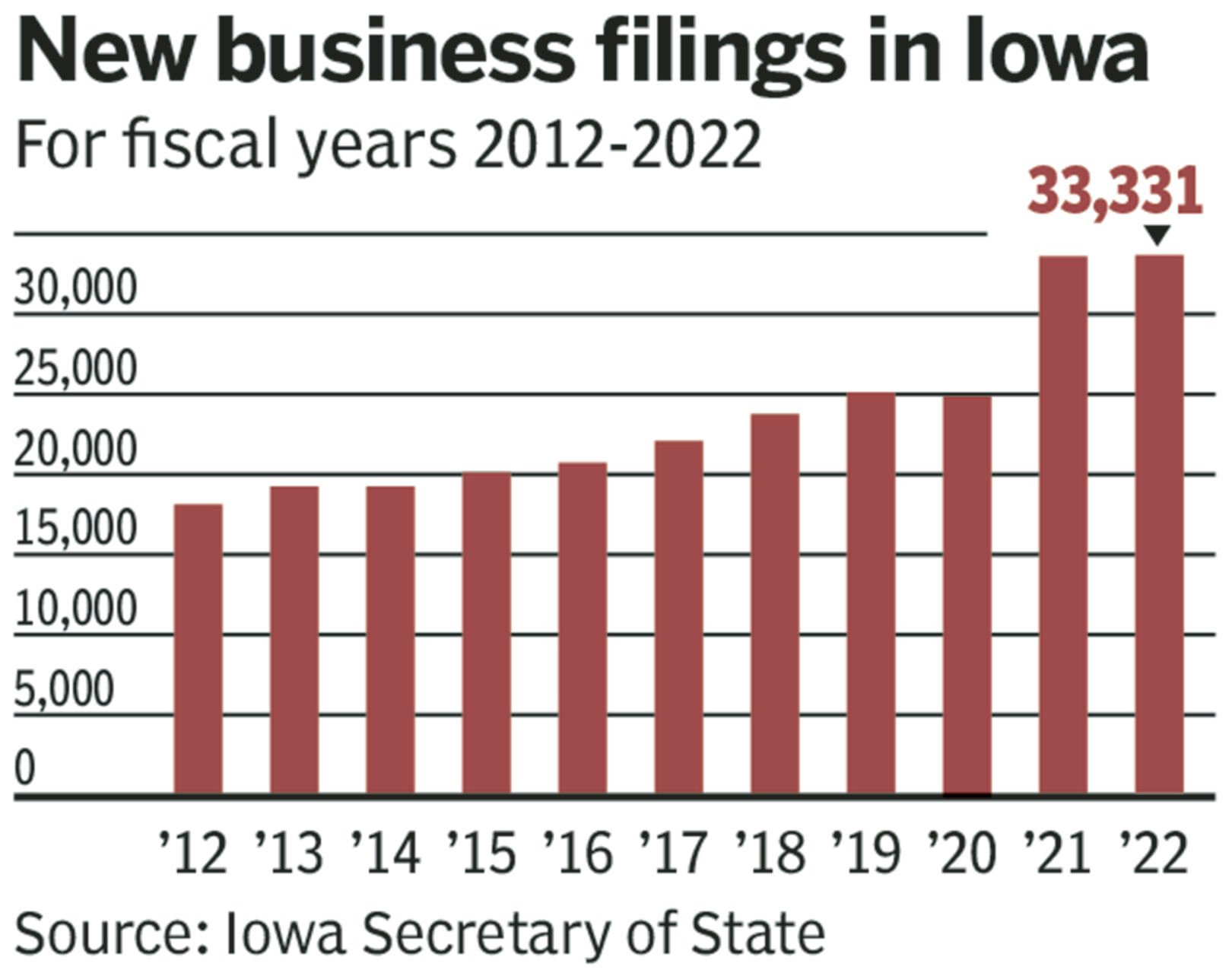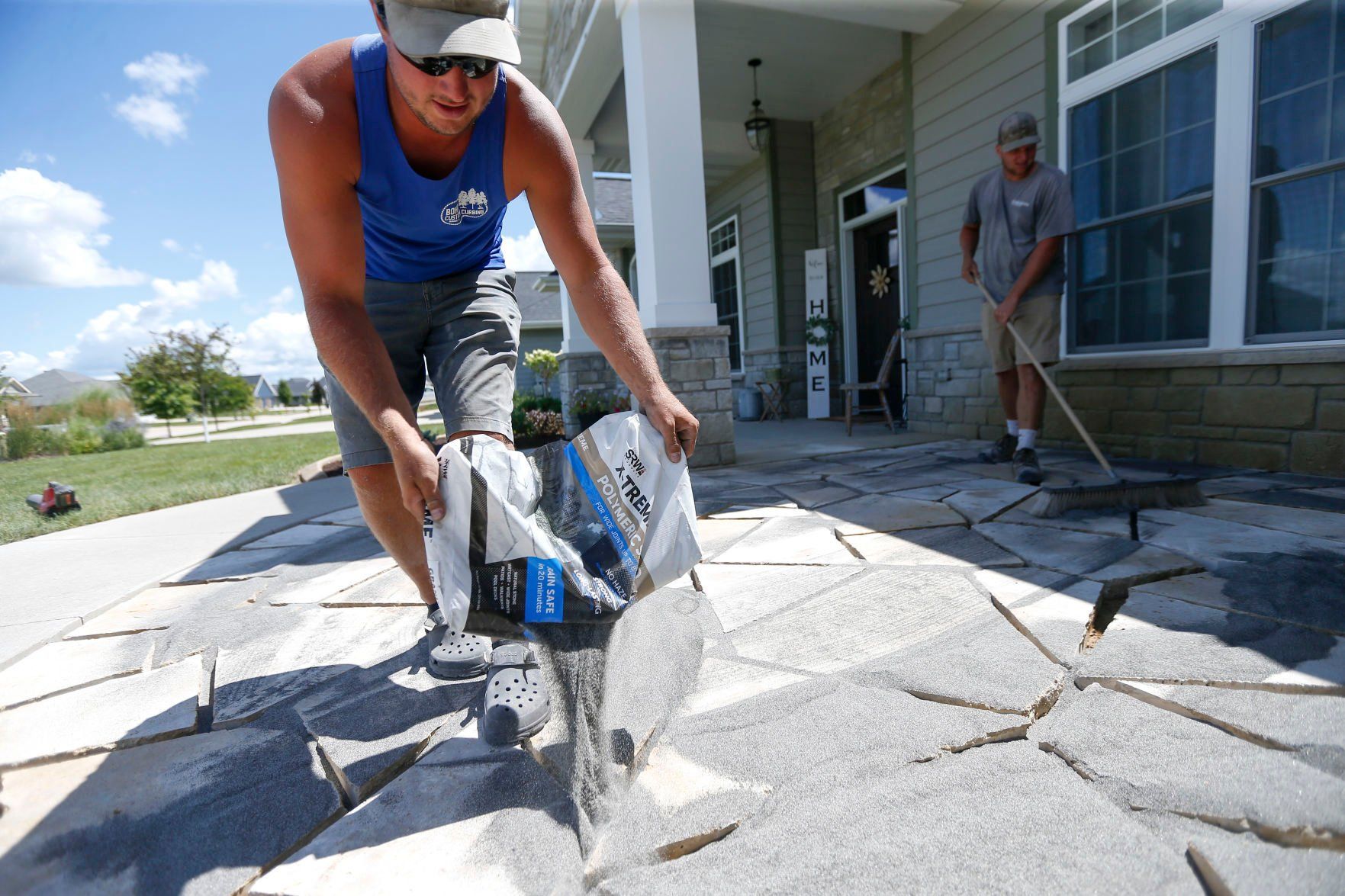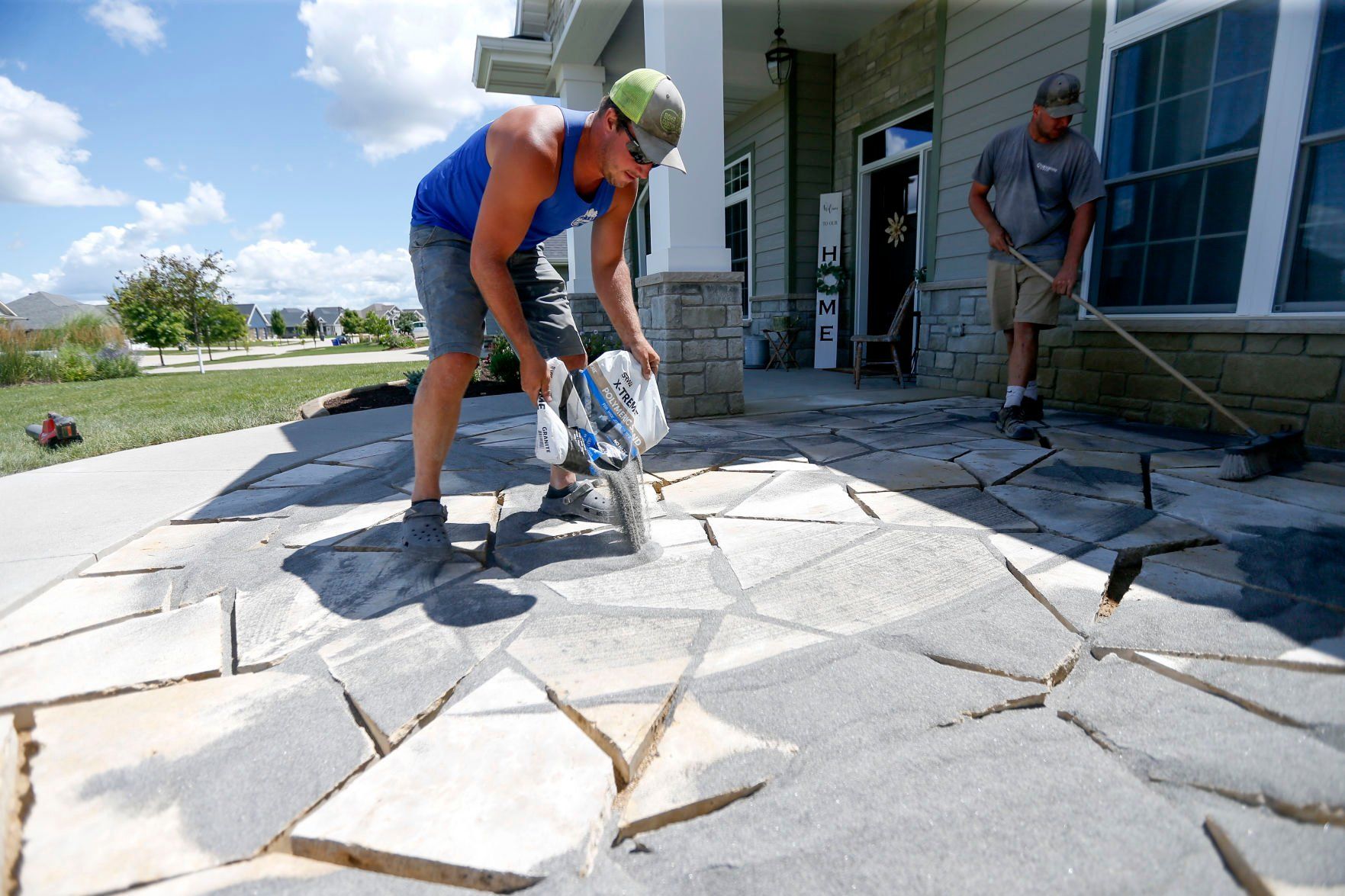Since opening Cornerstone Nursery in April in Dubuque, Jake Bohr has learned to expect the unexpected when running his own business.
“It’s not all sunshine and rainbows,” he said. “Things are not always going to go as planned. It’s hard, and there’s a lot of stress. But I’ve never really been good at having a lot of people tell me what to do, so I needed to be my own boss, and it’s been awesome.”
Bohr’s plant nursery is one of the new businesses that were part of a record-breaking year in Iowa.
Iowa Secretary of State Paul Pate recently announced that 33,331 new businesses registered with his office during fiscal year 2022, which ended June 30. That is the highest number of new businesses registered in state history.
A record had been set the previous fiscal year, when 33,260 businesses registered with the state. That is significantly above the next-highest year in the past decade, fiscal year 2019, when 24,720 new businesses registered.
“The trend that we’ve seen with new startups and filings is that people have been reevaluating things during the pandemic in terms of what they want to do,” said Jason White, vice president of business services at Greater Dubuque Development Corp. “They’re taking more control and ownership of what they want to do and following their own dreams as a way to hit the refresh button to say, ‘The pandemic was a difficult time for my family, business and job. I’m going to forge my own path for a while.’”
White noted that U.S. Census Bureau data shows that Dubuque County also has seen more new businesses form since the COVID-19 pandemic began. In 2021, there were 860 new businesses in Dubuque County, and 2020 saw 930 new businesses. Those are the highest two years since the data started being collected in 2005.
Carol Woten said she and her business partners, Linda and Tom Roling, have found it interesting how many people have traveled out of town to visit their Holy Cross, Iowa, brewery, TLC Brew Works, which opened in April.
“I think we’ve definitely learned to be consistent and to be patient,” she said. “Some times are busier than others. This is our first summer, and I think after the summer, we’ll have a good sense of the popular times for people.”
Woten said she thinks there has been a resurgence of interest in shopping locally since the pandemic began, possibly contributing to more people opening their own businesses.
“I’m not saying it’s much easier (to run your own business),” she said. “I think you work harder and put in more hours than a normal job, but I think it’s very rewarding for people.”
Bohr also said he thought the pandemic might have spurred new businesses to open.
“Some of the big businesses couldn’t get products or couldn’t supply the same services (during the pandemic),” he said. “Small businesses run by friends and neighbors were still there in the end.”
Both Wisconsin and Illinois also have seen a rise in new businesses since the pandemic began.
The Illinois Department of Commerce and Economic Opportunity reported that 198,827 new business startups were created in the state in 2021, a 16% increase from 2020 and a 69% increase from pre-pandemic levels in 2019.
The Wisconsin Department of Financial Institutions reported in its biannual report ending June 30, 2021, that there were 515,670 businesses registered with the agency, an increase of 51,906 businesses over the previous biannual report that ended in June 2019.
Ron Brisbois, executive director of Grant County (Wis.) Economic Development Corp., said he also has noticed the trend in Grant County.
“I’ve seen a nice, steady increase in entrepreneurship activity and interest in people starting their own business,” he said.
The State of Wisconsin also used American Rescue Plan Act funds to establish the Main Street Bounceback Grant program, which provides assistance to businesses opening a new location or expanding into vacant commercial space. Brisbois said he has been working with people daily on accessing the program.
He said it isn’t uncommon after events such as the COVID-19 pandemic to see this trend.
“When we get barriers out of the way, the band snaps back,” he said. “We saw a spiked increase after the (2008) recession, and we’re seeing it now again as the pandemic is starting to wind down.”




